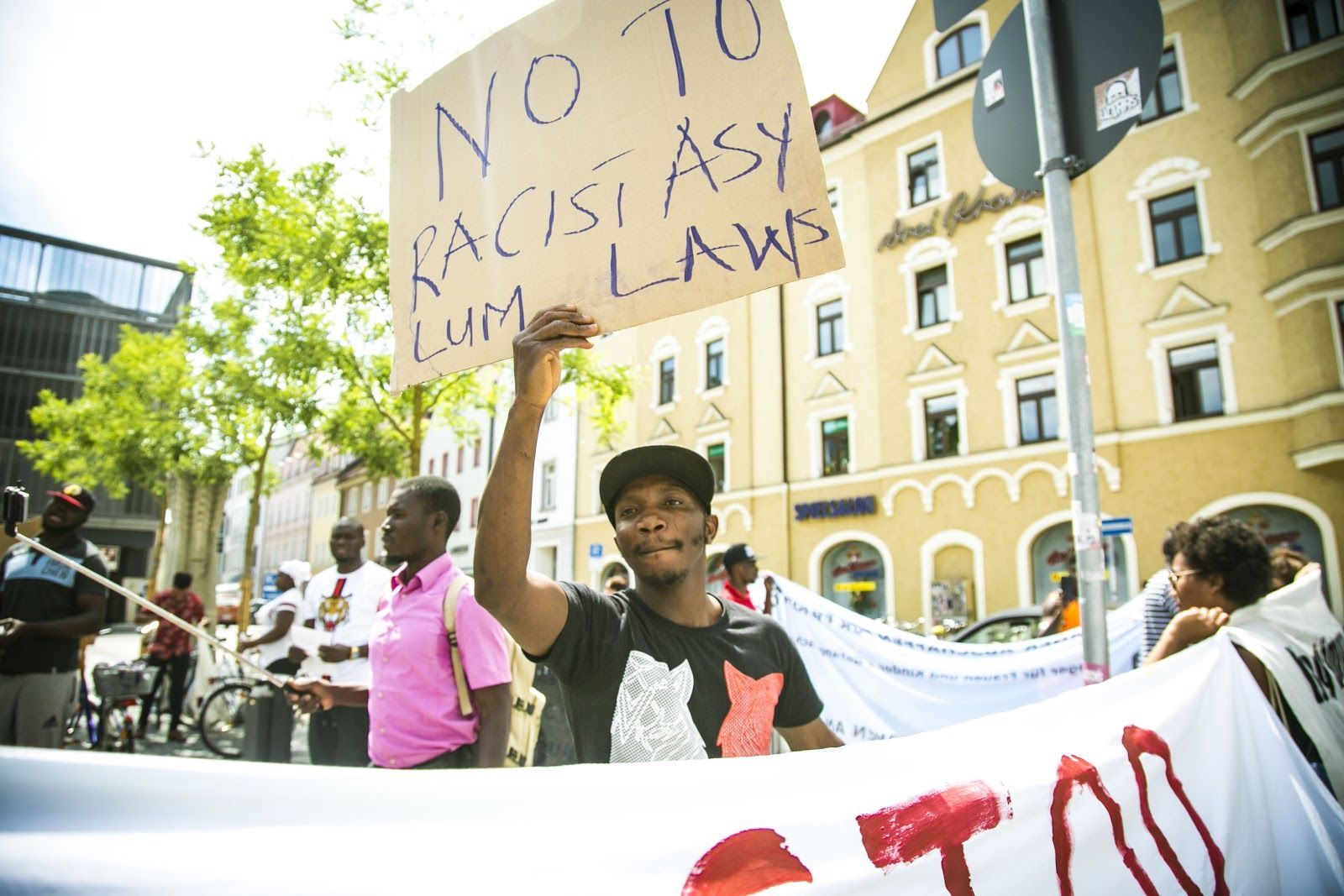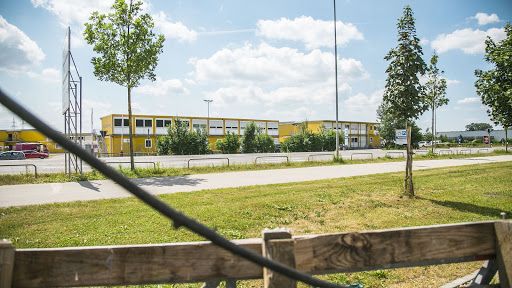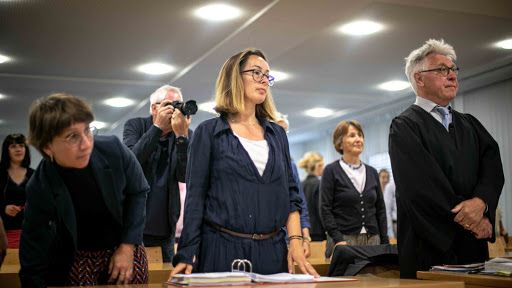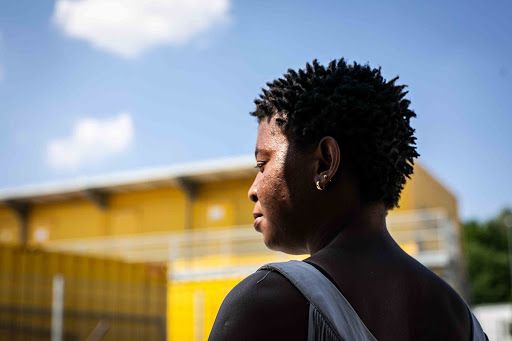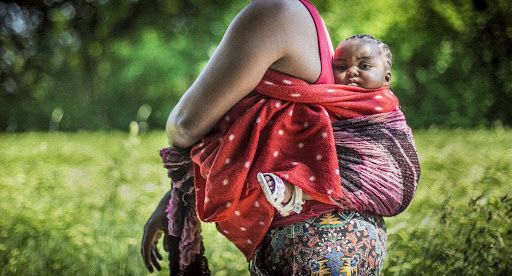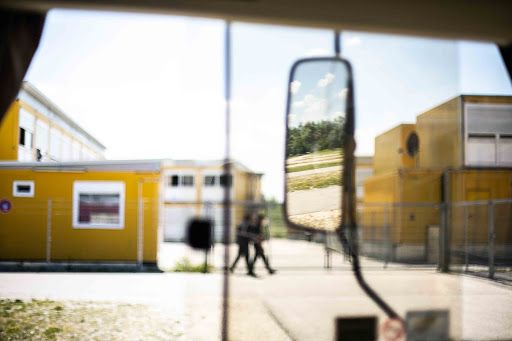When the word Bavaria is mentioned in any space or conversation, most people are either perplexed by the name or are reminded of some of Germany’s famed traditions and landscapes: Oktoberfest, its green forests, the oversized Bavarian pretzel, and some of the world’s most beautiful castles. While living there for four months, I found that this was the narrative that drove almost 20 million tourists to the state of Bavaria annually, but as a journalist, what interested me the most were the faint voices, echoes, and calls for help, in the far countryside, that were faintly audible underneath all of the noise.
The European refugee crisis is a global issue that has overwhelmed the news cycles over the past several years. In 2019, the number of international migrants globally reached 272 million, according to the UN, and the number of forcibly displaced people had reached a record-breaking 70.8 million, “the highest levels of displacement on record.” In 2015, Germany was celebrated and recognized for its generous open door policy that allowed 1.4 million refugees into its doors. This gesture caused them to become one of the leading voices for refugees in the E.U while also igniting a huge surge of backlash within its own country.
Today, four years later, the warm welcome has grown cold, and the rise of the far-right has increased. In a recent statement, Chancellor Angela Merkel expressed her concerns regarding the rise of hate crimes in her country: "Hate is a poison and is responsible for too many crimes in this country,” she said. This statement came after news in February 2020 that nine people were shot dead in a recent racially motivated killing in addition to a police arrest of a far-right group suspected of planning attacks on politicians and asylum-seekers themselves. While leading German politicians share their pro-integration sentiments in the press, questions of their sincerity are under scrutiny, as many of their state laws and new implementations concerning refugees seem to differ.
In Bavaria’s countryside, nestled between several miles of trees and a secluded lot of shiny Audis ready to cross the Atlantic is one of the country’s darkest secrets: the infamous “ANKER Centers.” Established by Chancellor Angela Merkel's government at the command of Interior Minister Horst Seehofer in late 2018, the name ANKER is an acronym standing for Ankunft, Entscheidung, Rückführung, or "arrival, decision, return." The pro-type for the centers was created in Bavaria, where public officials hoped to “create” a model for the rest of Germany in order to find a solution to the rapidly increasing number of refugees entering the country. The main goal for the centers was to consolidate refugees to pave the way for faster case decisions and mass deportations.
In the many conversations around the effectiveness of the ANKER centers and their conditions, the first question that often arises is “Why Bavaria?” The state reigns as the largest and richest state in Germany and acquires vast amounts of vacant land, but the reason that often surfaces to the top is the state’s stricter and more rigorous laws that encourage the construction of more ANKER centers and most importantly mass deportations.
As the birthplace of the Nazi party and the first established concentration camp, the state’s history bears weight as their treatment of “outsiders” and, in this case, refugees, is scrutinized.
“This is nothing new to this state; Bavaria has always been more traditional and partial in its laws, and we never consider our history,” said Julian, a volunteer with the Bavarian Refugee Council.
The organization is one of the leading entities in the state. Their fight to fulfill its mission has been greatly challenged by the Bavarian government. In 2018, the government overturned their right to enter the camps to provide free legal aid to those in need after several articles were published in the media about some of the conditions within the camp. Their allowance was scaled down to one hour a week, requiring them to park outside the camp with their “Info bus.”
“This was done purposely to keep us from seeing what is really going on inside. There have been many complaints regarding the quality of the food, treatment by guards and security, and even cases of mental illness due to stress and isolation. The government’s goal is to keep everyone out so as to move forward with their goal: "mass deportations,” Rebecca Kilian-Mason, CEO of the Bavarian Refugee Council stated in an interview following a court proceeding.
The high number of refugees who enter the country in droves are from the Middle East, but today, among the top five countries are a large number of Nigerian refugees who are seeking asylum, often overlooked or frankly “forgotten.” The total number of asylum applicants in Germany in 2019 was 133,324, and of these applicants, 13,098 were Nigerian. The asylum approval rate for Nigerians was 6.8 percent, a fairly small percentage when compared to other Middle Eastern countries.
Many of the camps are set far away from train stations and local communal interactions and when temperatures are high they are left with no air conditioning. The structure of the camps is based on old military bases or newly formed containers.
On a hot summer day outside the camp a tall, slender, young man makes his way on his bike over to the “Info bus” for assistance. Like the biblical reference to the group of people in the wilderness, his name is Israel. A 30-year old Nigerian refugee, he says, “I left Nigeria when I was 18 and spent 10 years in the Libyan slave trade, before coming to Germany. Here, I am not free. I have been here for two years—and they treat us like animals... I am not sure who will be next.” Israel lives in the Ingolstadt ANKER center, one of seven ANKER centers in the state of Bavaria, standing in front of a river where his camp-mate who suffered from depression died by suicide one week before.
The theme of faith and religion is not only a theme in Bavarian culture, but it is apparent in the journey of many refugees. “I have been to hell and back, and I know that God has covered me,” said Israel. For many, believing in the impossible is the only hope they have.
While waiting for governmental decisions, many refugees spend up to three years in isolated centers (despite the 18-month legal limitation), with no work, an allowance of 90 euros a month, dire living conditions, and restrictions that only allow travel 30 kilometers (18 miles) away from their camp.
Experiences like Israel’s are far too common. Sandra, a Nigerian woman who has lived in the camp for two years says, “I came here to the camp with my husband after our baby died from FGM [female genital mutilation] in Nigeria, but he just left me last month because he couldn’t take it here any longer. Living here in the camp in these conditions was too much.”
Like Israel, her days consist of waiting day by day, without any work or outlets for leisure, with the added pressure of paying for medicine with her very minimal monthly stipend.
There is a definite speculation as to why many Nigerians are sent to Bavaria. Some believe that it is due to their rigorous laws, and some simply say that it is a reflection of Germany’s internal system that groups people from similar countries within the same camps. Prince, a resident at the Furstenfeldbruck ANKER center, said that in an interview with the government regarding his asylum application, he was told by a caseworker, after sharing his personal story, that his story was “just like the rest of them.”
This statement reflects a huge belief that many Nigerians are arriving solely as economic migrants, which gives the German government more reason to deny applicants for asylum approval. However, during my reporting on the cause of why many flee the streets and villages of Nigeria, I consistently heard the stories of underreported gang violence within communities, the fear of Boko Haram, and the threat of violent Fulani herdsmen.
Spending time in the four different camps in Bavaria, I set out to discover why the population of Nigerians seeking asylum in Germany was disproportionate to the very low approval rate. After several interviews with individuals ranging from young mothers, politicians, young fathers, and elders, the main impediment that seemed to impact this group the most was the Dublin Law.
The law, now in its third version since 2013, was first implemented in 2013 to scale the uncontrolled arrival of migrants and asylum seekers that had put a strain on the European Asylum System as a whole. The law essentially states that "whatever country that you first seek asylum is responsible for your case.” For many Nigerians, their journey begins in Libya, where many of them are beaten, worked as slaves, or are captured for money. By paying their way through dark circumstances, they then move on to Italy, where their journey for security in Europe begins.
For a large number of Nigerian women, Italy represents a place destined for prostitution and for the men, an idle playground of no work. Germany’s open door policy a few years ago caused many of them to migrate to the country, hoping to experience the sweet taste of freedom that many other refugees experienced just a few years before.
The country’s refugee politics have tightened overall, but this group in particular believes that they are a target for discrimination.
“When you see Nigerians in the news, all you see is “scammer this”—”scammer that,” and they see us as rowdy people; they don’t trust us; therefore, they don’t want us here,” says Chinedu, a young resident at the Furstenfeldbruck camp.
A “recent report” highlighted that BAMF (Federal Office for Migration and Refugees) agency found that two of their centers significantly deviated from the normal asylum application procedures, affecting two nationalities—mostly Nigerians and Eritreans. The report added that these two offices are currently under investigation, but did not say where they were located.
Hashem, a broadcast journalist from Yemen who was forced to flee and found himself at the ANKER center alongside Sandra said, “ I have only been here for a short time, but many of them have been here for 2 and some 3 years. When I had my interview for my asylum application, they just asked me where I was from and after that... that was it. My process was not long at all, but a lot of them seem to go through so much more.”
In the meantime, Nigerians and others organize protests around the state to emerge from the shadows of the countryside and raise awareness of the unfair treatment by the local government and the conditions of the ANKER centers.
Solomon, a red-haired, freckled Nigerian refugee, stands out among the others and is careful where he travels because of the harsh and rigorous police activity within the camp and its surrounding areas. “They know me because of my hair, so I am very careful around here because the security will call the police on you for any little thing, especially on the Nigerian men.”
Although they march by day, at night in small towns throughout Bavaria, ANKER centers remain filled with a large number of Nigerian asylum seekers sitting, waiting, and hoping for answers.
“I would rather die than to sit here and waste my life; my wife is having a baby soon, and my baby must live a different life,” says Solomon.
As the refugee crisis continues to flow in and out of the news cycle, this particular group of migrants continues to battle between their fantasy of the empathic country they saw as Germany and the present day reality of their day-to-day life living in the ANKER centers as the years pass them by.
(The full names of subjects within this article were withheld for confidential and safety reasons.)
